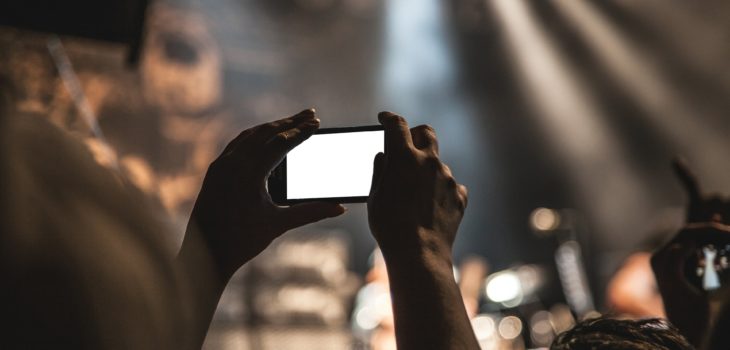A video blog or vlog is a type of blog in the medium of video. Vloggers create video content with a possible mixture of images and text. These videos are then hosted on a hosting platform like YouTube.
Vlogs normally take on a personal interest topic, which followers would enjoy seeing.
YouTube have created a course around vlogging.
A vlog needs a structure and it would be useful for you to follow some kind of planning to organise your vlog.
Quick tips to follow
- Create a rough plan of the video. Beginning with a script or at least bullet points of ideas can help to create a structure for your vlog. This will aid you in figuring out when you want a cut-away, timings and enable you to practice.
- Think about a gimmick that you’ll use in each of your vlogs. These are unique to you, beginning to create a brand for yourself and your media, where your audience will recognise a vlog by you from this.
- Gather equipment (a smartphone should work well). Audio is important, so test that you can hear within the location you have chosen, make adjustments if you have difficulty hearing. Good sound on a vlog is extremely important.
- Consider you surroundings, especially the background. this will be prominent within your vlog and needs to reflect/don’t distract what you are discussing.
- While considering your background you need to think about light levels and the direction the light comes from will alter the way the video looks.
- Consider different styles, locations, speed of video, images, sounds, etc.
- Be Yourself! Don’t try to be someone you’re not. If you are yourself in front of the camera, it will come across to the audience as truthful and trustworthy.
- While editing keep it simple. Jump cuts can be used to speed up the actions within your video.
- Consider adding any music, sound effects, images and text to your video; but do take into account the laws around copyright. Post-production is key to get the final feel of the video.
- Finally share your video, remembering to promote it on all the right platforms for your chosen topic. Choosing a thumbnail image, that you can duplicate the style for future videos (again creating a brand for yourself), will catch the eye of your potential audience.
Accessibility
Use accessible text, audio and visuals.
Copyright free
Remember to think about copyright free material when creating your infographic. You may want to add images into your final piece that you are unable to shoot yourself. However, you have got to be aware of who owns the materials and you’ll need to check the copyright on them before you use them. There are some places where you can access copyright free material, please see the links below for a few examples.
The Creative Commons are an organisation that allows people to add copyright-licences to their work. Allowing the creators to clearly define what which rights they reserve and which they waive for the benefit of the people who are wanting to use it in their work.
For more information:
Images
Pixabay – Free images & royalty free stock; Over 2.7 million+ high quality stock images, videos and music shared by our talented community.
Pexel – Free stock photos, royalty free images & videos shared by creators.
Max Pixel – Stock images.
Icons
Icon resources – 13 Icon Resources For eLearning Designers.
38 sets of free icons – 27 sets of free icons.
Icon8 – Icons, illustrations, photos, music, and design tools.
Noun Project – Icons and photos for all your projects.

